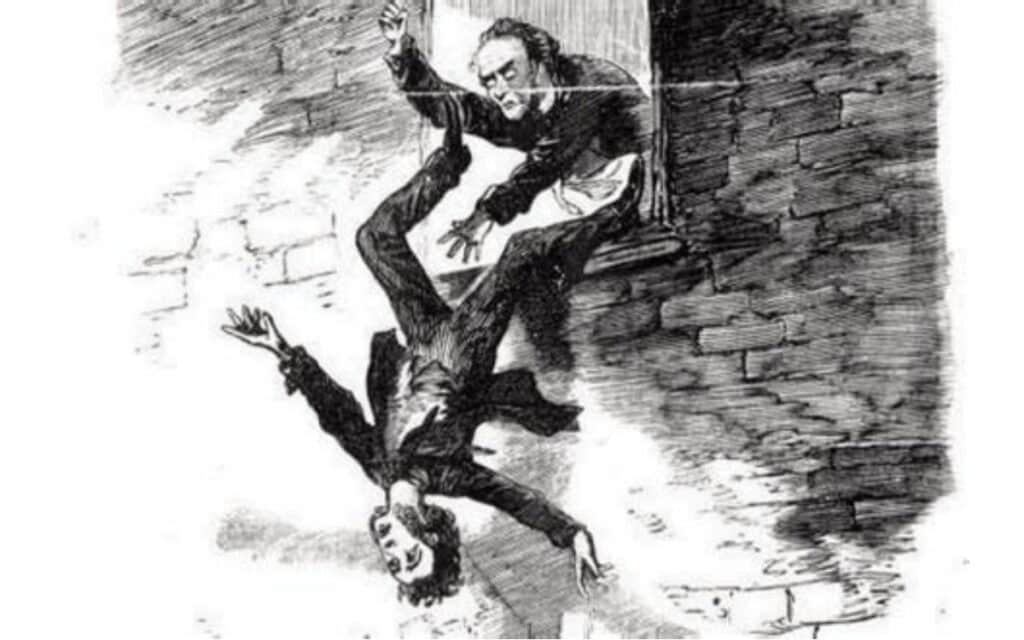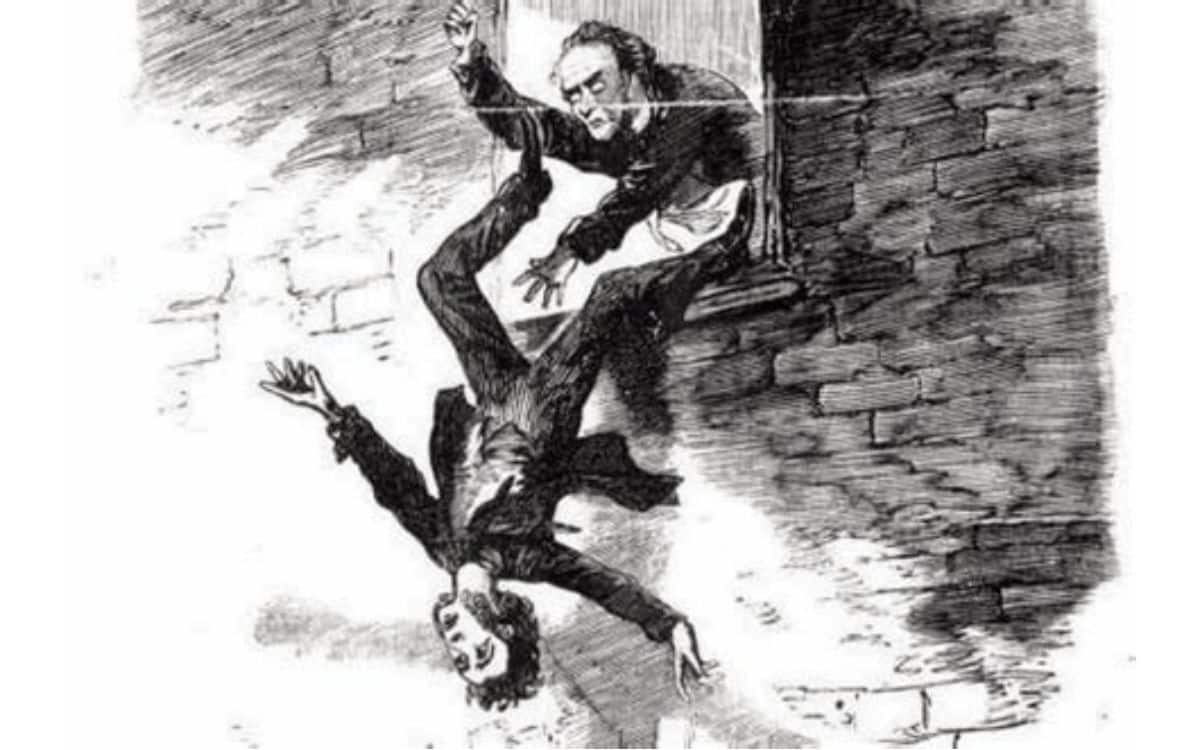Thomas Farrant’s death in 19th century Bristol is a classic locked room mystery that has never been solved, writes LES HEWITT

A popular trope in fiction is the ‘locked room mystery’. A crime, usually murder, is committed within the confines of a room with only a single means of access that had previously been locked from the inside.
This is a staple of popular TV drama Jonathan Creek, but other notable fictional characters have been tested by this concept. Noted sleuths Father Brown and Sherlock Holmes have been given a puzzle like this to solve at one time or another.
Outside of fiction, there have also been certain real life cases that defy explanation too. Perhaps the most famous of these was the death of Isidore Fink in New York City in 1929.
There was another example of a locked room mystery in Bristol that may actually be unique in the annals of the locked room mystery concept. On this occasion, the room was not actually locked.
Despite this, the death of Thomas Farrant is still unsolved.
Who was Thomas Farrant?
Farrant was the great nephew of a middle-aged man called Giles Cliff. Cliff was a registered blind man who had an unhappy marriage with an unnamed woman. Reports insisted that their marriage only lasted somewhere between four and 12 years. The couple did manage to give birth to a daughter though.
However long this marriage lasted, tensions were quite clearly rampant. On more than one occasion, events transpired to a point that a local magistrate had to get involved. After several sessions with this official, the decision was taken to separate the couple.
Cliff was awarded custody of their current lodgings, while his estranged partner was instructed to move in with Farrant. The fruit seller lived several streets away. As the saying goes: hindsight can be a wonderful thing. This move was not such a good idea.
Cliff always maintained that his now former partner was something of a kleptomaniac. Perhaps this was just an embellishment or overreaction on his part. By the time Boxing Day 1867 rolled around, Cliff had decided that enough was enough.
Cliff enlisted the help of a friend, a man known only as Mr Lyons, and set off for Farrant’s lodgings. While he had no real issues with his nephew, events would take a drastic and tragic turn.
What happened on Boxing Day 1867
When they arrived at around six that evening, the solo Cliff headed upstairs. In a matter of seconds, the commotion from upstairs filtered downstairs. Lyons took it upon himself to head up and see if he could lend assistance. When he got to the door, a sight greeted him.
Cliff had armed himself with a leg from the bedstead and was using it as a club over the poor woman’s head. When Lyons managed to position himself between the warring pair, his main focus was to pacify the rage his friend had aptly demonstrated. The ex-wife made repeated attempts to leave the room.
As two passersby made their way close to the boarding house, they noticed someone fall head first onto the pavement below an open window. They immediately headed for the stricken victim but it was too late. Blood seeped out from wounds to the nose, mouth and ears, congealing around where the man lay.
It was quickly established to be Farrant and nothing could be done to save him. A young boy was dispatched to the closest police station to summon help. When a pair of constables turned up at the scene, they organized delivery back to the station. A local coroner arrived soon after and declared that Farrant passed from a dislocated neck.
Back at the room, another constable visually inspected the room. Aside from the clear evidence of a struggle, there was nothing really to notice. Inspector Attwood, assigned the investigation, wanted to talk to Cliff. The initial interview didn’t go very well. According to what Attwood was told, Farrant did next to nothing to prevent the latest round of domestic abuse.
If anything, Farrant went out of his way to avoid getting involved. Cliff’s testimony claimed that Farrant stumbled on a wooden chair, then somehow ended up departing the room via the window. This window was only two feet square and would have been a job to slide through it deliberately.
Even without this questionable admission, officers failed to recognize how Farrant could have ended up head first out of the window. Farrant was in his prime and almost twice the size of Cliff. It seemed inconceivable that a blind middle-aged man could have overpowered a virile youth long enough to propel him through a narrow window that was barely large enough to serve the purpose.
The mechanism behind the fall was one thing. Another pertinent question was why. Cliff had gone to the address purely to sort out the state of affairs with his former wife. Perhaps Farrant interjected and tried to protect her, but that still doesn’t answer the main questions.
Attwood thought it best to get an additional opinion, so summoned Mrs Cliff. Her story totally contradicted that of Cliff’s. She insisted that Farrant took a much more hands-on approach with Cliff. She was also revealed that Cliff threatened to break Farrant’s neck.
A curious fact was revealed during the inquest. The window was two feet square, but the glass itself was only a mere 17 inches. This made it virtually impossible that this was the result of an accident. It had to be a deliberate act by someone.
The common consensus was that, despite his disability, Cliff was not a man to be trifled with. He was judgmental and was never backwards in coming forwards. Perhaps his wife’s fear or intimidation had clouded her judgment. Or maybe she took the chance to finally rid herself of a violent and brutal thug.
It does boil down to a classic example of he said, she said.
What do you think happened to Thomas Farrant in that room? Tell us about it in the comment section below!



